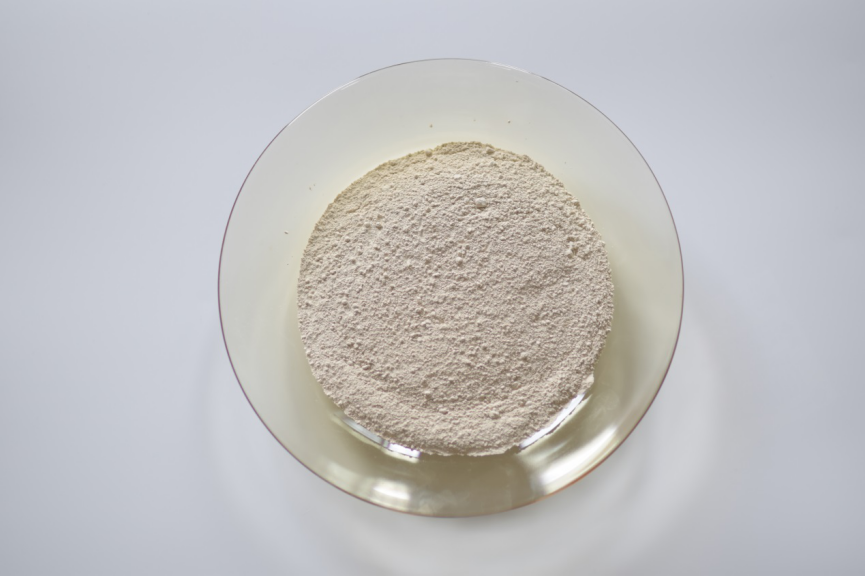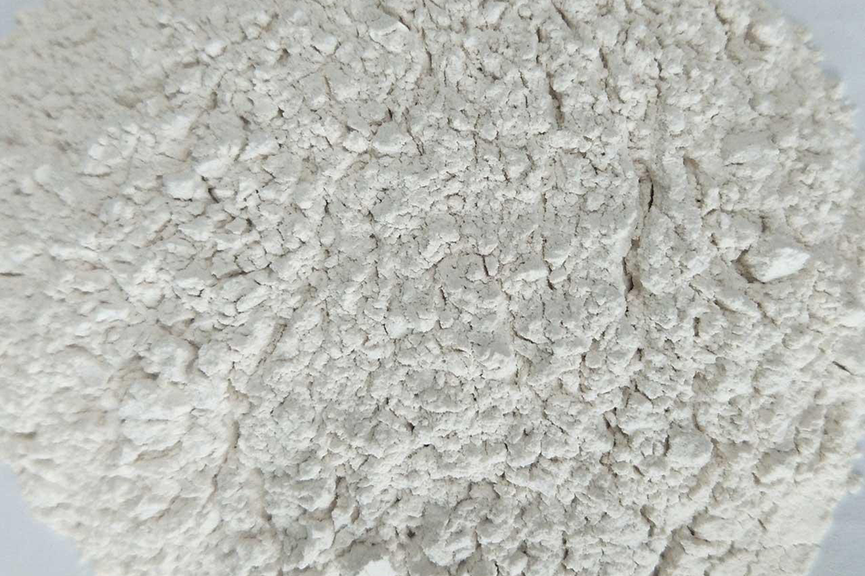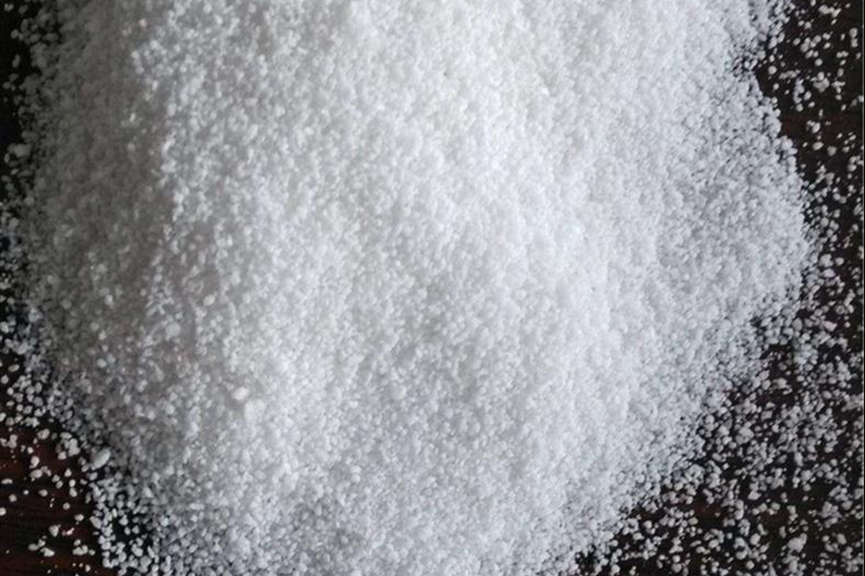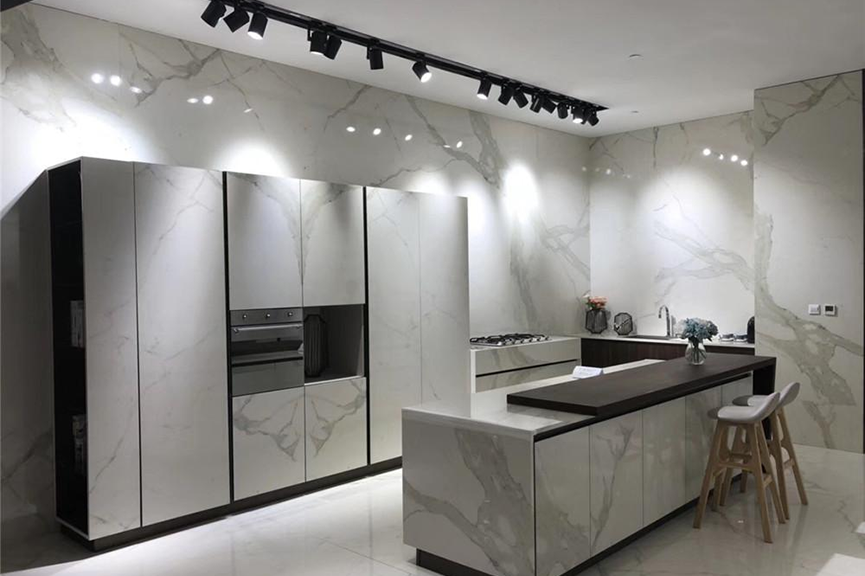
China High quality Perlite Door Core Board Suppliers – Hot selling Expanded and vitrified ball for sale – Xinzheng Cheng
China High quality Perlite Door Core Board Suppliers – Hot selling Expanded and vitrified ball for sale – Xinzheng Cheng Detail:
Quick details of Expanded and vitrified ball
Expanded and vitrified ball are due to the vitrification of the surface to form a certain particle strength, the physical and chemical properties are very stable, the aging and weather resistance is strong, and they have excellent heat insulation, fire protection and sound absorption properties. They are suitable for light filling aggregates and heat insulation and fire protection in many fields. ﹑Sound-absorbing and thermal insulation materials. In the building materials industry, using Expanded and vitrified ball as lightweight aggregates can improve the fluidity and self-resistance of the mortar, reduce the shrinkage of material properties, improve the overall performance of the product, and reduce the overall production cost.
Introduction of Expanded and vitrified ball
Expanded and vitrified ball are an inorganic glassy mineral material processed by multi-stage silicon carbide electric heating tube production technology. They are irregular spherical particles with internal porous cavity structure, vitrified closed surface, and smooth luster. Stable physical and chemical properties, light weight, thermal insulation, fire resistance, high and low temperature resistance, anti-aging, low water absorption and other excellent characteristics, can replace fly ash floating beads, glass beads, polystyrene particles and many other traditional lightweight aggregates. Application in products. It is an environmentally friendly high-performance new inorganic lightweight thermal insulation material.
Features of Expanded and vitrified ball
| Expanded and vitrified ball | 1. Low density(80~120kg/m³)2.Low water absorption
3.High particle strength 4.Low heat conductivity |
3. Low water absorption, easily controlled in mortar, low shrinkage, no hollowing and cracking, stable thermal property and mechanical property, increase the mortar service life. |
Application of Expanded and vitrified ball
1.Suitable for internal and external wall insulation of reinforced concrete, aerated concrete blocks, porous bricks, lime-sand bricks and other walls.
2.The roof insulation layer.
3.Energy-saving renovation of old buildings.
4.Fireproof and thermal insulation projects such as basements, garages, fire passages, granaries, stairwells, and workshops.
Product detail pictures:
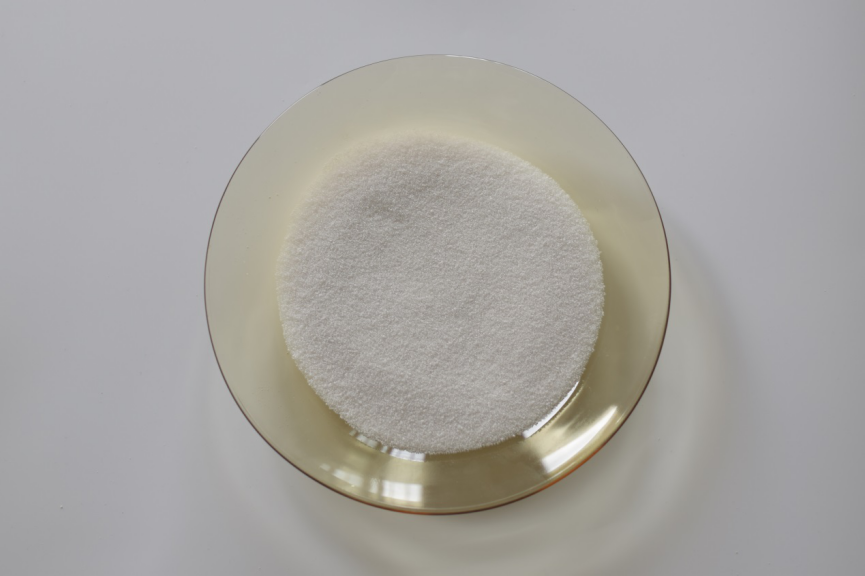

Related Product Guide:
The key to our success is "Good Product Excellent, Reasonable Rate and Efficient Service" for China High quality Perlite Door Core Board Suppliers – Hot selling Expanded and vitrified ball for sale – Xinzheng Cheng , The product will supply to all over the world, such as: Turkey, Mauritius, Iran, By integrating manufacturing with foreign trade sectors, we can offer total customer solutions by guaranteeing the delivery of right items to the right place at the right time, which is supported by our abundant experiences, powerful production capability, consistent quality, diversified product portfolios and the control of the industry trend as well as our mature before and after sales services. We'd like to share our ideas with you and welcome your comments and questions.
The factory can meet continuously developing economic and market needs, so that their products are widely recognized and trusted, and that's why we chose this company.

